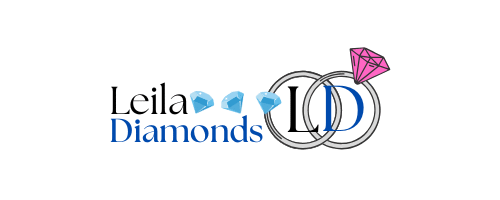Lab-Grown Diamonds vs. Natural Diamonds: What You Need to Know Before Buying
Buying a diamond is a major purchase, and today’s buyers are faced with a crucial question: Should you buy a lab-grown diamond or a natural diamond? Each option has its benefits, but the right choice depends on your budget, values, and long-term goals. In this guide, we’ll explore the key differences between lab-grown and natural diamonds so you can make an informed decision.
💎 What Are Lab-Grown Diamonds?
Lab-grown diamonds—also known as synthetic, man-made, or created diamonds—are produced in laboratories using advanced technology that replicates the natural diamond formation process.
There are two main methods:
- HPHT (High Pressure, High Temperature)
- CVD (Chemical Vapor Deposition)
👉 Read our full Brilliant Earth review to learn about a top retailer specializing in lab-grown diamonds.
These diamonds are chemically and optically identical to natural diamonds, and they even receive certifications from grading labs like IGI or GIA.
🌍 What Are Natural Diamonds?
Natural diamonds are formed deep within the Earth’s crust over billions of years. They are extracted through mining, cut, and polished into the sparkling gems we know today.
Because of their age and rarity, natural diamonds are often considered more valuable and symbolic.
👉 Want to buy a natural diamond online? Check out our James Allen review or Blue Nile review for top-rated options.
🔍 Key Differences at a Glance
| Feature | Lab-Grown Diamonds | Natural Diamonds |
|---|---|---|
| Origin | Lab-created | Earth-mined |
| Price | 30–70% cheaper | More expensive |
| Appearance | Visually identical | Visually identical |
| Environmental Impact | Minimal | Higher, due to mining |
| Ethical Concerns | Guaranteed conflict-free | Varies (check sourcing) |
| Resale Value | Lower | Generally higher |
| Certification | IGI, GIA (lab note) | GIA, AGS, etc. |
✅ Pros and Cons of Lab-Grown Diamonds
Pros
- More affordable
- Eco-conscious and sustainable
- Guaranteed conflict-free
- Available in more sizes and qualities for less
Cons
- Lower resale value
- Less traditional
- May not hold long-term investment value
👉 Want affordable sparkle? See why people love Whiteflash for precision-cut lab diamonds.
✅ Pros and Cons of Natural Diamonds
Pros
- Higher long-term value
- Unique natural history and symbolism
- Better resale and insurance potential
Cons
- Higher price tag
- Ethical concerns with some sources
- Greater environmental impact
👉 Looking for ethical natural diamonds? Explore our Ritani review for responsibly sourced options.
📋 Certification Matters – Don’t Skip It
No matter which type you choose, always buy a certified diamond. Reputable grading reports from GIA, IGI, or AGS ensure you’re getting what you pay for. Certification includes information about:
- Cut
- Clarity
- Carat
- Color
- Diamond origin (natural or lab-grown)
💡 Which Should You Choose?
It comes down to your priorities:
| If you care about… | Go for… |
|---|---|
| Budget and brilliance | Lab-Grown |
| Tradition and rarity | Natural |
| Environmental ethics | Lab-Grown |
| Resale/investment value | Natural |
Both options are stunning and valuable in their own way. Choose what feels right for you.
